Central Mongolia is extremely rich in historical and cultural remains of all historical periods except for its beautiful natural scenery. During this tour, you will discover a lot about Mongolia such as three different zones of Gobi desert, central Mongolian mountain steppes and forested mountains with their rapid current, clear rivers, fresh water lakes, flower carpeted lands and basalt covered valleys.
Overview
Price
Price includes
- 1 nights in *** hotel
- 7 nights in ger camps
- Four wheels driving vehicle transfer
- Drop off service
- English speaking guide
- Daily bottled water
- Horse & camel riding
- Entry fees to national parks and museums
- Meals as indicated in the itinerary.
Price excludes
- Items of personal use
- International travel
- Alcoholic drinks & beverages
- Bar bills, laundry, telephone calls
- Travel & medical insurance
- Visa fee
- Single supplements
Per person
1 PAX 1498$
2 PAX 986$
3 PAX 794$
4 PAX 686$
Itinerary
Day 1: Khugnu Tarna
Khugnu Tarna National Park (better known as Khugnu Khan) is located at 250 kilometers (155 miles) from Ulan Bator, on the road to Kharkhorin. Covering an area of 47000 hectares, this park contains many historical monuments, forests of silver birches and poplar trees, and sources. The ecosystem of this park is particularly interesting because the steppe and the taiga meet here. So, we can find fauna and flora that have characteristic of these two ecosystems, and also some wonderful landscapes, with the granite formations of Khugnu Khan. Created in 1997 as a natural reserve, it became in 2003 a natural park, that is to say, an area protected by the State for its educative, historical, cultural or environmental value. Stay overnight in a ger camp. (B/L/D)
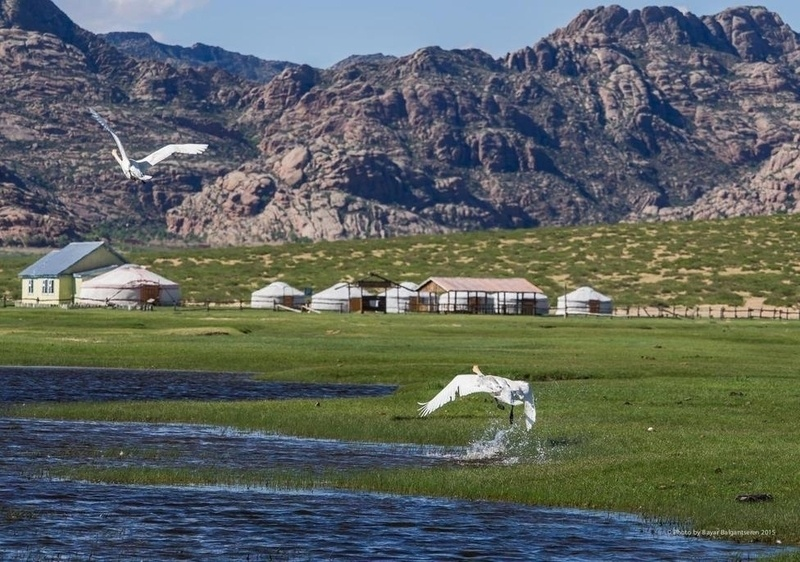
Day 2: Kharkhorum and Erdene Zuu Monastery
Kharkhorum was the capital of the Mongolian Empire between 1235 and 1260, and the Northern Yuan in the 14–15th centuries. Genghis Khan set up the first plan to build the capital and after his death, his son Ugudei continued the construction and established the capital. As Ugudei wanted Kharkhorum to be the finest capital, skilled workers from foreign countries built many great features. You can find Erdene Zuu Monastery there too which is considered as one of the earliest monastery in Mongolia. Explore Erdene Zuu Monastery and modern style historical Museum. Stay overnight in a ger camp. (B/L/D)

Day 3: Khorgo, Terkhiin Tsagaan National Park
It is situated in 580 km northwest of Ulaanbaatar. It has been protected since 1965, fully in 1997, to safeguard spectacular mountain scenery and endangered flora and fauna. It's surrounded by the Khangai Mountains, which reach as 3000 meters above the sea level. There are lots of animals such as deer, wild goat and other animals, as well as various kinds of birds. Khorgo volcano crater is situated at an altitude of 2210 m, 200 m wide and 100 m deep. Near the crater there are dozens of small caverns with stalactites hanging from their ceiling and walls. One of them was deep ground cave with ice inside, which is called "Yellow dog's hell". The ice is left even in the hottest summer of the some years. Some of 13 stone shelters reach 1.7 m high, are formed with the lava flow. Another spot in this National Park is Lake Terkhiin Tsagaan which is 16 kilometers wide, 20 kilometers in length 20 meters in depth, and 61 square kilometers in this area. The Lake is extremely beautiful with fresh water and rich species of fish and birds. Stay overnight in a ger camp. (B/L/D)
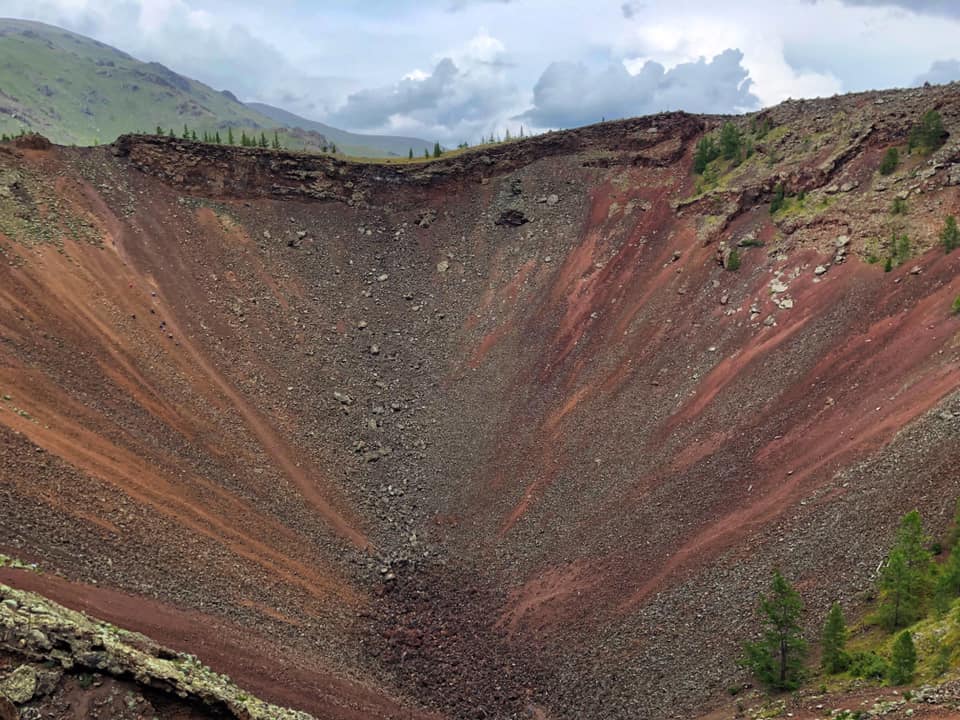
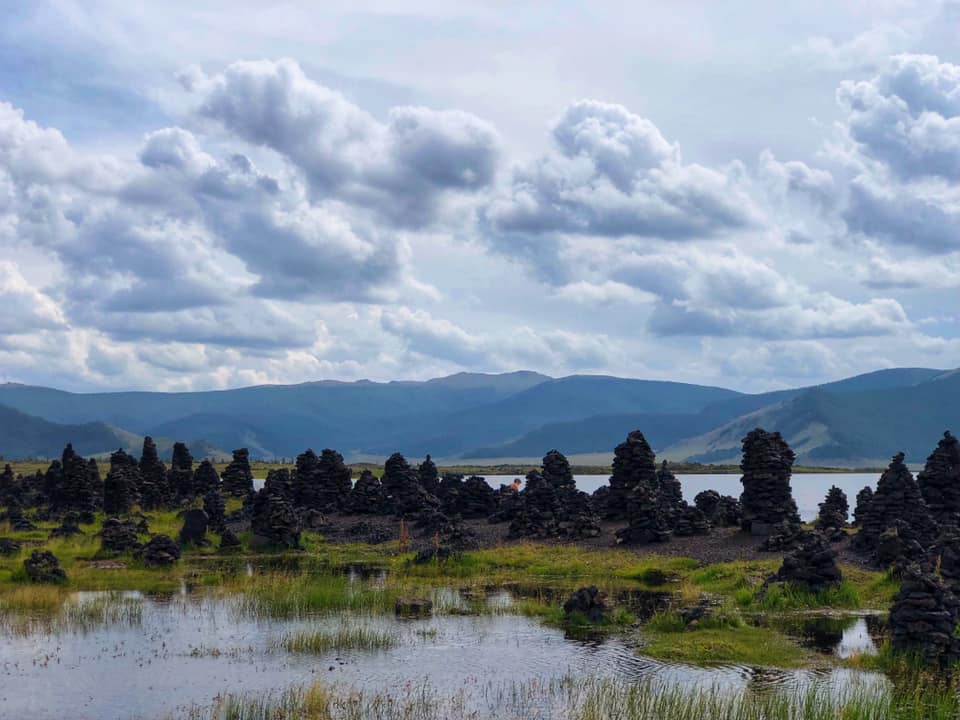
Day 4: Tsenkher Hot Spring
There are in Arkhangai many old volcanos, which explain the presence of this hot water source that flows all year long at 1860 metres (1,16 mile) above the sea level in the sum of Tsenkher. The water is at 85, 5°C (185,9°F).
In a pleasant verdant wooded area, some yurts camps with equipment and baths with a less hot temperature have been set up for the travelers. Tsenkher hot spring has healing properties notably on articular diseases and nervous system’s diseases. Composition: sodium carbonate, hydro carbonate, sulfate, fluorite, hydrogen sulfide. It is an excellent place to relax. Stay overnight in a ger camp. (B/L/D)
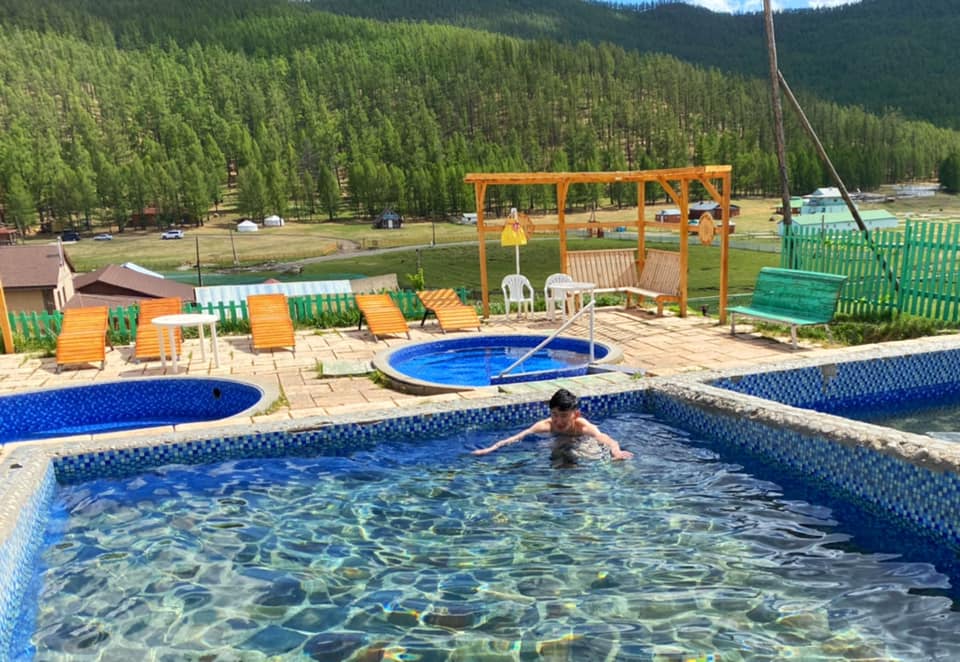
Day 5: Elsen Tasarkhai-Semi Gobi
Elsen tasarkhai is a part of the Mongol Els sand dunes, which stretch from the Tuv, Uvurkhangai, and Bulgan provinces all the way west to become part of the Khugnu Khan mountain range. The sand dunes are 80 km long total. Dividing the southern part of the sand dunes with the so-called northern Mongolian sand, Khugnu Tarna is a main road. River Tarna flows in the western part of the sand dunes; it is sodden under its surfaces, so shrubberies such as willow, elm, dogwood, shrubbery grow there. Camel riding is an hour. Stay overnight in a ger camp. (B/L/D)
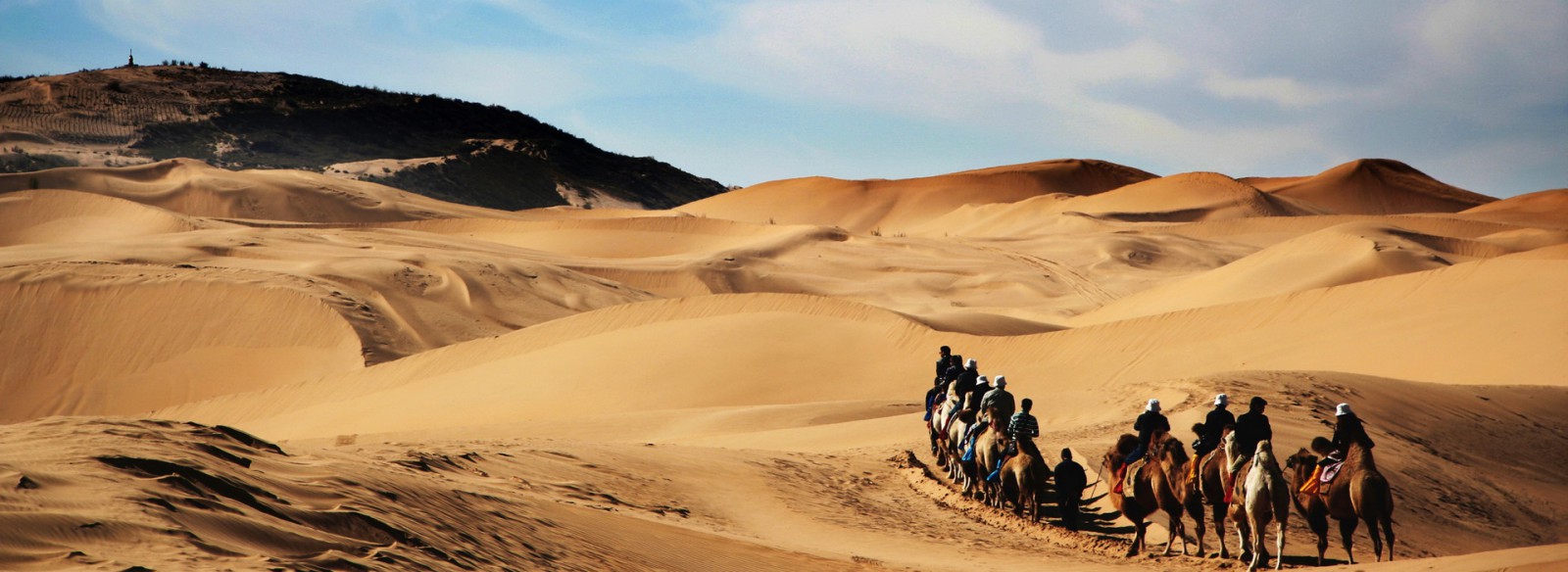
Day 6: Ulaanbaatar
We will transfer you to the airport/railway station. (B/L)
